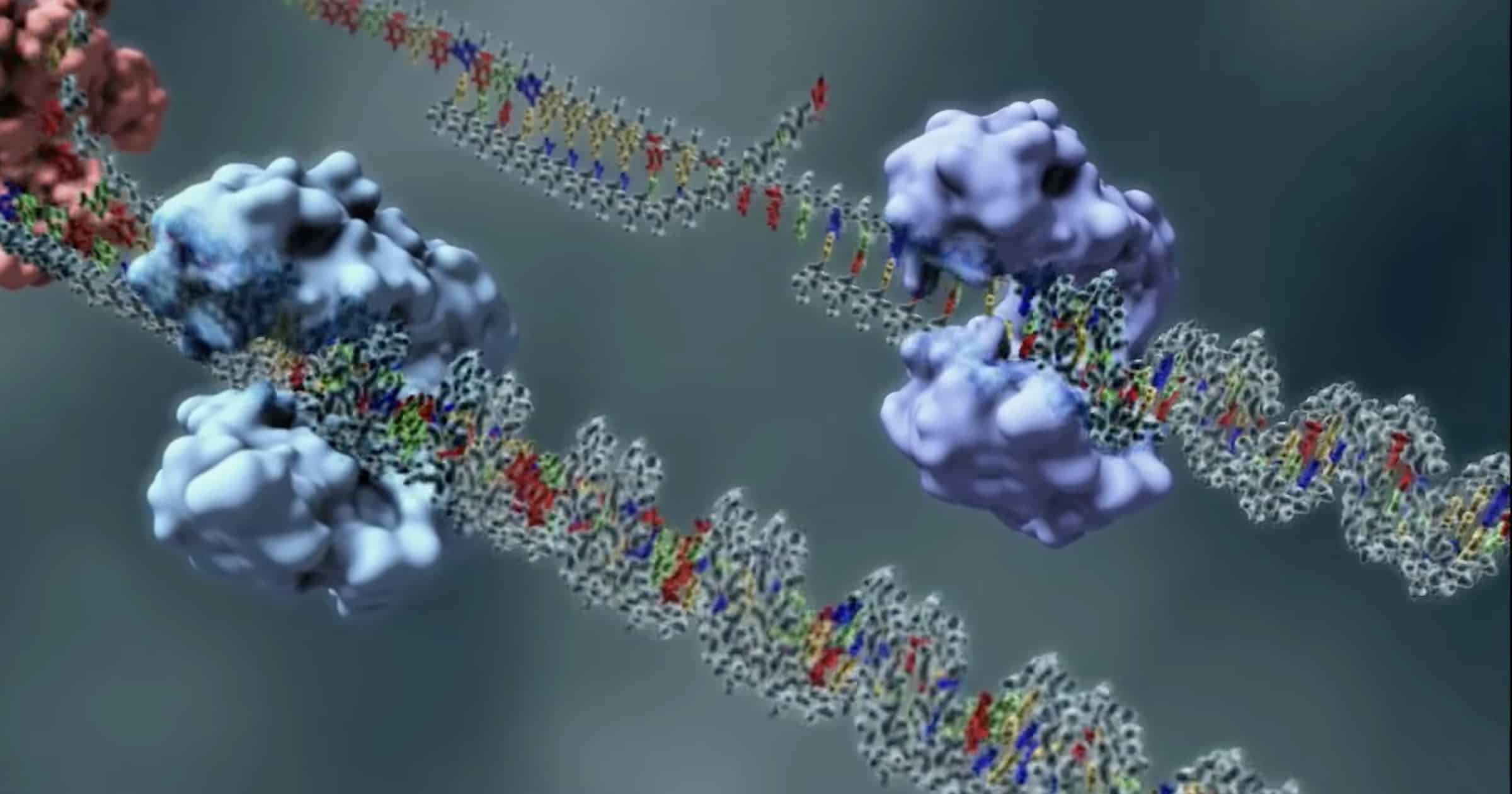 Evolution
Evolution
 Intelligent Design
Intelligent Design
Twelve “Shocking” Discoveries for Evolution

A correspondent preparing for a presentation asked if I “would care to chip in a few lines about what you see as truly remarkable or even shocking recent discoveries about genetics or epigenetics that provide additional support for the design inference. (Other than, that is, the famous work of ENCODE which seems to have deep-sixed the ‘junk DNA’ doctrine.)”
“Shocking recent discoveries”? Good question.
Not So Surprising for Intelligent Design
With two caveats, I’ll share a few from the past 15 years or so. The first caveat is that many discoveries trickle in slowly over time. So, we could perhaps point to earlier evidence for some of the items below from more than 15 years ago, but I would argue that the evidence has become much more apparent or more widely acknowledged since then. The second caveat is that some discoveries might be surprising or “shocking” from an evolutionary perspective, but not necessarily from a perspective of intelligent design.
So with those caveats:
Here Are Twelve; Likely There Are More
1. Growing appreciation for frameshifting encoding.
2. Growing appreciation for bi-directional encoding.
3. Early evidence that some “neutral” mutations may not in fact be neutral.
4. Massive and extensive role for RNAs in cellular processes. Yes, this relates to ENCODE, but deserves to be mentioned in its own right, as there is rapidly growing experimental evidence for functional roles of specific RNAs.
5. The need for regular maintenance and care of DNA, such as the critical role of topoisomerase that Joe Deweese studies. See the recent animation from Discovery Institute below. By the way, if you’re speaking about this to an audience, a great object lesson is to show the supercoiling problem with a two-stranded piece of yarn. From personal experience, I’d recommend practicing at home beforehand. But once you get it down, it is a fantastic visual aid and very memorable.
6. The growing list of alternative genetic codes.
7. Directly contrary to the evolutionary prediction, with more genomes in the database, the number of lineage-specific or taxonomically restricted genes. Not here and there, but extensive and pervasive. This is an absolutely massive problem for evolutionary theory.
8. Many functional roles have been identified for the inappropriately named “pseudogenes.” This counters one of the most loudly proclaimed evidences for blind undirected evolution.
9. Growing evidence for functional roles for some so-called “endogenous retroviruses.” There’s less information here so far, but it appears to be trending in the same direction as pseudogenes and other “junk DNA” claims generally.
10. Clear genetic-based evidence that several of the most loudly touted examples of evolution are in fact degradative. There is Michael Behe’s work of course, as well as Scott Minnich’s lab work and analysis of Lenski’s long term evolutionary experiment. The importance of this cannot be overstated. It is one of the few areas where we have real experimental data, as opposed to ideas, conjectures, and hand-waving claims about what evolution is supposed to be able to accomplish. And the evidence is extremely clear.
11. Related to taxonomically restricted genes, but this needs to be mentioned in its own right: The grand hope of comparative genomic studies was to produce a coherent tree that would show the true evolutionary history. Exactly the opposite has happened. It is an absolute mess, with contradictions at every turn and nothing even approaching a unified evolutionary history. It’s reached the point where even prominent evolutionists have started abandoning the tree model altogether, reposing their hope in convergent evolution, HGT, some as-yet-undiscovered process, etc.
12. Less directly related, but perhaps worth mentioning:
(a) Growing recognition that protein folding requires careful control in many cases, not just an automatic fold. And, no, AlphaFold has not “solved” the problem from first principles. See Paul Nelson’s Evolution News article from a few weeks ago. Also listen to my podcast discussion with Paul.
(b) Growing support for the idea of protein rarity, and isolated regions in search space. This is exactly what we see in designed systems, and the opposite of what’s predicted by evolutionary theory. See the additional work of Douglas Axe and Brian Miller.
There are probably several others I’m forgetting right now.
